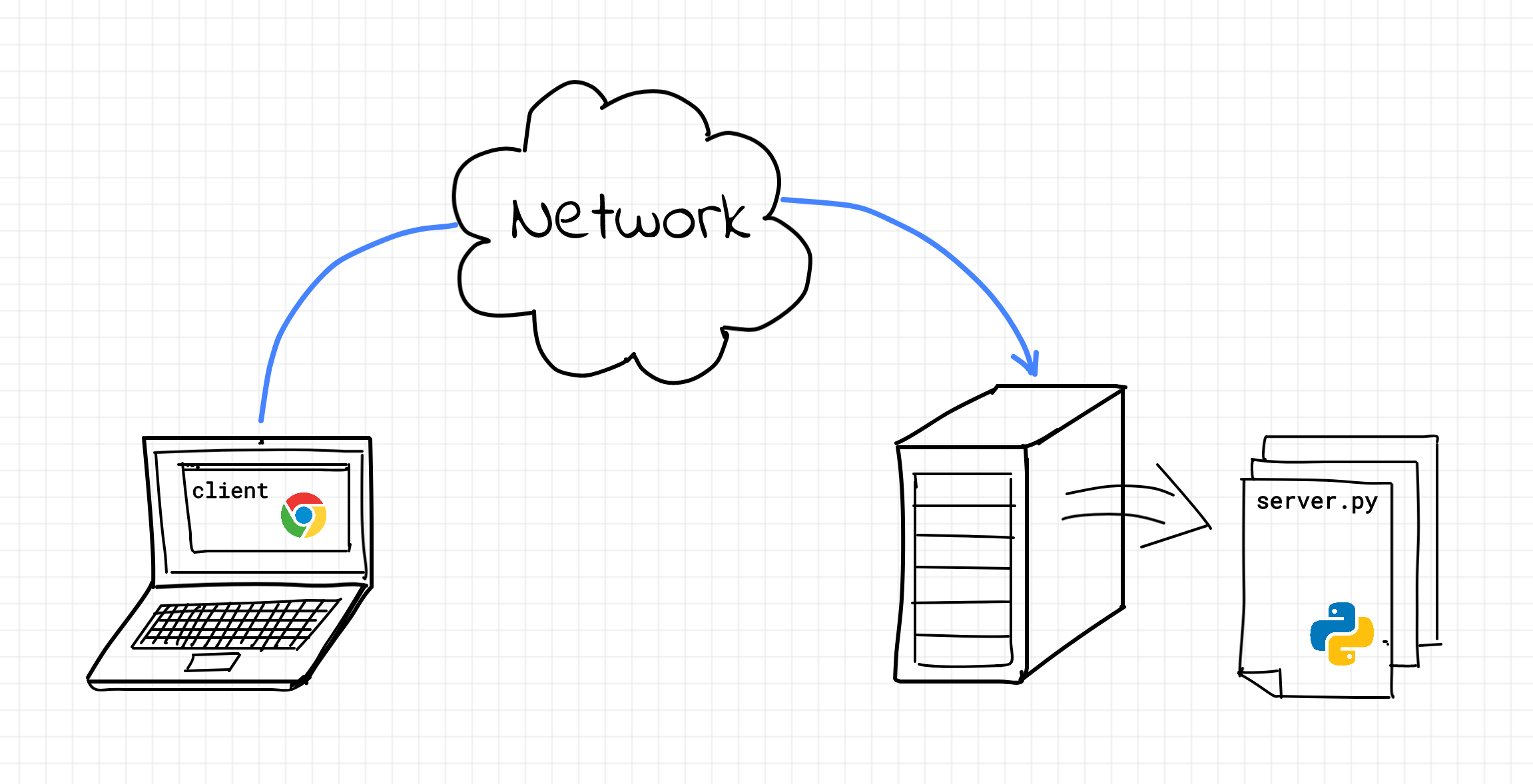A work-in-progress series on writing a simple web-server in Python. Not a shallow tutorial but a learn-by-doing attempt to explain how computers communicate via network and how servers typically handle requests (processes, threads, asyncio).

A work-in-progress series on writing a simple web-server in Python. Not a shallow tutorial but a learn-by-doing attempt to explain how computers communicate via network and how servers typically handle requests (processes, threads, asyncio).

Let's start by answering the question: What is a web server?
First off, it's a server (no pun intended). A server is a process [sic] serving clients. Surprisingly or not, a server has nothing to do with hardware. It's just a regular piece of software run by an operating system. Like most other programs around, a server gets some data on its input, transforms data in accordance with some business logic, and then produces some output data. In the case of a web server, the input and output happen over the network via Hypertext Transfer Protocol (HTTP). For a web server, the input consists of HTTP requests from its clients - web browsers, mobile applications, IoT devices, or even other web services. And the output consists of HTTP responses, oftentimes in form of HTML pages, but other formats are also supported.
Don't miss new posts in the series! Subscribe to the blog updates and get deep technical write-ups on Cloud Native topics direct into your inbox.